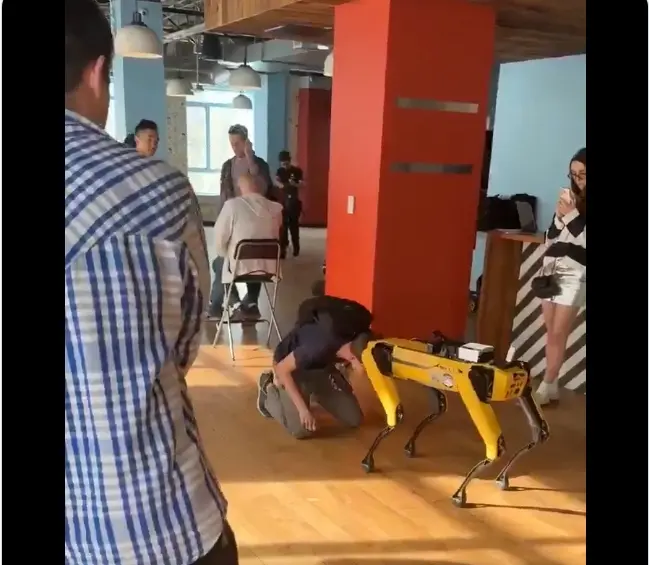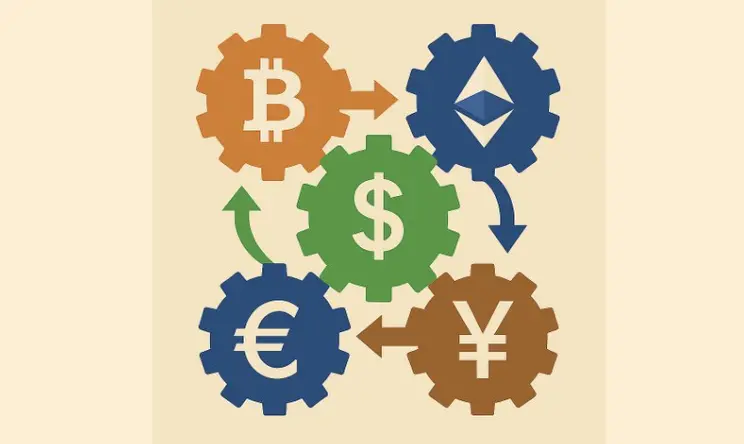Summary of Vitalik Buterin's Speech at the Ethereum Black Mountain Conference and Key Project Review
Source: 0xcena
From May 21 to 23 this year, the annual Ethereum Developer Conference EDCON was held in the Republic of Montenegro. EDCON itself is a non-profit global annual Ethereum conference that takes place in different countries each year, aimed at serving the Ethereum ecosystem and enhancing the connections and communication within the global Ethereum community. Previously, EDCON has been successfully held in cities such as Paris, Toronto, Sydney, Oslo, and Vienna.
In recent years, the Montenegrin government has formulated a series of laws and regulations to support the development and operation of blockchain projects and enterprises. With the global popularization of blockchain concepts, Montenegro's excellent geographical location is expected to become a bridge connecting blockchain communities from different regions and cultures, promoting global communication and cooperation. Therefore, Montenegro was chosen as the venue for this year's EDCON.
At the EDCON 2023 conference, Ethereum founder Vitalik Buterin was one of the main highlights, delivering a speech on "Ethereum's Three Technical Challenges: Scalability, Privacy, and User Security," which attracted significant attention.
Summary of Vitalik Buterin's Speech
Vitalik believes that Ethereum has gradually transitioned from theory to application through two stages of development and can solve real-world problems. However, current use cases are still mainly focused on trading cryptocurrencies and NFTs. The barriers brought by the native characteristics of cryptocurrencies remain the main factors hindering industry development, so blockchain technology itself still needs further innovation and upgrades.
Currently, Ethereum's biggest challenges come from four aspects: privacy, the security of consensus algorithms, the security of smart contracts, and scalability. These also represent the issues that Ethereum needs to address in the future to make the operation of decentralized applications more efficient and accessible. At the same time, Ethereum will pay more attention to the security of user accounts to ensure the traceability of assets.
Regarding scalability, since every transaction needs to be validated, this is currently a bottleneck in Ethereum's development and scalability. The recently popular Layer 2 solutions aim to address these issues, such as Optimism, Arbitrum, Scroll, Taiko, and Zksync.
Vitalik also explained from the user's perspective that he believes the increasing maturity of Ethereum Layer 2 solutions and the compatibility of ENS with Layer 2 infrastructure are expected to provide resolution services for the entire ecosystem and improve the efficiency of ENS users.
On the issue of wallet security, Vitalik shared two examples of stolen bitcoins and proposed two perfect solutions he believes in: multisig and social recovery to ensure wallet security. Multisig is suitable for cold wallets, while social recovery is more suitable for hot wallets.
Regarding Ethereum's privacy issues, if you do not want to disclose your account address and assets, stealth addresses are a good choice, as they can generate temporary addresses to receive assets. However, building complete privacy could lead to security issues, which requires a new solution: Proof of Innocence, which allows for anonymous actions with the correct identity.
Finally, Vitalik mentioned ZK-SNARK social recovery, believing that ZK is currently the most important technology on Ethereum. Many projects require support from ZK technology, which can balance social recovery and privacy, providing a secure solution for managing encrypted assets.
During this conference, Vitalik frequently mentioned topics such as account abstraction, stealth addresses, and ZK-SNARK, revealing Ethereum's development plans and future industry trends. In the future, Ethereum will need more support from the community and projects to create a blockchain ecosystem that is more private, scalable, secure, and accessible.
Highlights of Quality Projects at the Conference
EthStorage Ethereum Storage Rollup (@EthStorage)
EthStorage is the first place winner at this EDCON, a programmable dynamic storage Layer 2 solution based on Ethereum data availability.
Most existing L2 solutions, such as Optimism/ZK Rollup, focus on expanding Ethereum's computational capacity, i.e., the ability to package more transactions per second. With the popularity of NFTs, DeFi, and dApps, the demand for storing large amounts of data and reusing the security of the Ethereum mainnet has also surged.
Layer 2 storage infrastructure is a major direction that many overlook, similar to traditional Layer 2 logic, with the original intention of utilizing the security of the Ethereum mainnet to achieve scalability.
EthStorage's storage function primarily serves two business areas: data storage for Web3 applications and DA scalability. Both of these main businesses are highly anticipated sectors on their own, making EthStorage very worthy of attention.
EAS Ethereum Attestation Service (@eas_eth)
EAS (Ethereum Attestation Service) is a public product that allows anyone to attest to anything on-chain or off-chain. Users simply need to register a pattern on any topic (or use an existing pattern) and use that pattern for attestation.
To decentralize services beyond just currency and assets, we also need a universal ledger to make statements on Ethereum. This ledger will help build more trust in online interactions. Whenever you need to prove or verify something, attestations will play a crucial role. By allowing anyone to create and verify attestations, EAS has the potential to change how information is shared and verified online and drive the development of the entire Ethereum ecosystem.
dappOS Web3 Operating System (@dappOS_com)
dappOS is a Web3 operating system and a member of Binance Incubator's fifth season. Through blockchain virtualization, account abstraction, SDK, and DApp integration platform technologies, it enables developers to deploy once and use across multiple chains. Users do not need to worry about cross-chain processes when using DApps; they can interact with DApps on different chains directly from a unified account, making operations simple and user-friendly, similar to Web2.0 apps.
Currently, leading protocols such as GMX, Perpetual, Benqi, QuickSwap, MakerDao, Avalanche, KyberSwap, and zkSync have reached deep cooperation with dappOS. The dappOS V2 version is about to be launched, introducing richer features and is expected to allow more projects to integrate with dappOS's SDK.
This project is making the on-chain world more accessible and usable, aiming to create a deep link between the Web2 and Web3 worlds, further accelerating the large-scale adoption of on-chain facilities. Additionally, the project's mission and development vision align with the industry development trends proposed by Vitalik Buterin.
Aspis Protocol On-Chain Asset Management Protocol (@AspisProtocol)
ASPIS is a no-code platform that allows users to create custom asset management vaults through web interaction without any programming knowledge, providing a friendly, transparent, and secure passive investment alternative. It offers a set of tools for creating, raising funds, and operating decentralized autonomous funds (DAFs), aiming to manage the relationship between vault creators/managers and investors by transferring the logic behind legal terms into smart contracts.
Currently, Aspis Protocol is recruiting testers for the Beta testing of its decentralized asset management constructor.
Test users can create their own on-chain funds, helping projects improve transparency, security, and efficiency in asset management.
Cell Protocol Layer 3 Social Protocol
Cell Protocol provides a customizable, composable, large-scale Layer 3 solution tailored for Web3 social applications. The project has grand ambitions, targeting Lens Protocol, Momoka, and CryberConnect, with a more complex technical architecture.
It includes both Layer 2 products and self-built Layer 3 infrastructure (public chain), while also incorporating composable design that can seamlessly integrate with popular infrastructures and public chains, such as data availability layers and storage projects.
DataverseOS
The term Dataverse originates from a database developed by Microsoft, originally designed to allow users to share and analyze data through a web app. Microsoft uses Dataverse as the data storage center for various services in the Power Platform.
The DataverseOS team has incorporated decentralized concepts into the original Dataverse, transforming DataverseOS into a web-native personal computer for everyone.
In the information age, everything is a file. DataverseOS adds a social file layer on top of a fragmented network. Every interaction with DataverseOS dApps will automatically link online data to the local file system.
Summary
After years of development, Ethereum is gradually facing a bottleneck, with insufficient scalability performance leading to criticism. The entire EDCON 2023 emphasized the large-scale application of Ethereum Layer 2 scalability solutions and how they will impact the entire crypto ecosystem. Of course, this EDCON conference is expected to establish a developmental tone for the industry's infrastructure and future development direction, with industry facilities gradually moving from the early stage of reinventing the wheel and deep internal conflicts towards a new trend that is more practical, accessible, and user-friendly.











